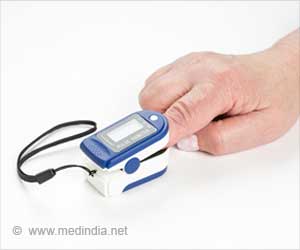Interactive application called COVID-19 vs. Human Mobility analyzes connection between human movement, government policies, and COVID-19 pandemic outbreak.

An innovative and interactive new web application called COVID-19 vs. Human Mobility reported in Journal of Geovisualization and Spatial Analysis is developed University of Miami to understand the impact of COVID-19 on human movement on a global scale.
"At a macro level, understanding movement patterns of people can help influence decision making for higher-level policies, like social gathering restrictions, mask recommendations, and tracking and tracing the spread of infectious diseases” said Sen Roy, Professor in the College of Arts and Sciences Department of Geography.
The web application is developed from collection of big data sets in three independent sources: Apple Maps provides data on human movement via walking, driving, and public transportation; Oxford University's COVID-19 Government Response Tracker provides data on government policies implemented during the pandemic and global cases of COVID-19 gathered by Johns Hopkins University.
Using the interactive web application updated at regular intervals provides information on government policies in relation to the spread of COVID-19 in a selected country with fascinating trends specific to a given area.
This framework used for pandemic can be modified to create a similar application for natural disasters if appropriate data sets are available is surely needed for policy makers to make informed decisions regarding transportation systems and more.
Advertisement
Source-Medindia










